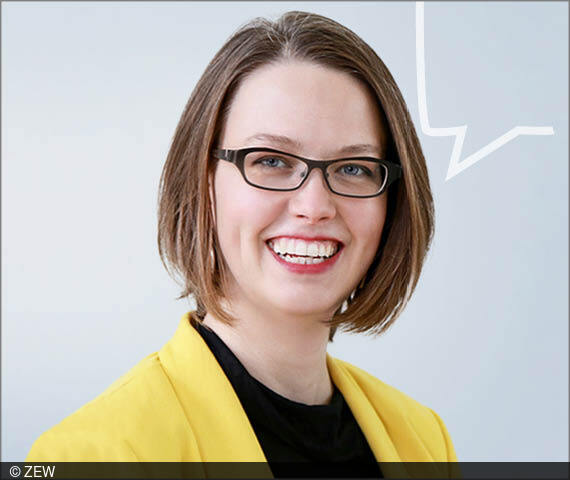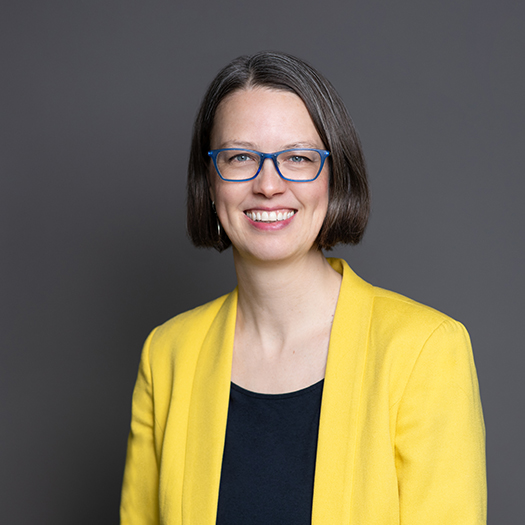A Long-Overdue Step
CommentZEW Economist Katrin Sommerfeld on the New Pact on Migration and Asylum
The question of how to distribute incoming asylum seekers among the Member States has long been the subject of intense debate. Recently, the EU Commission unveiled its new plan to reform EU asylum and migration policy. Dr. Katrin Sommerfeld, head of the Junior Research Group “Integration of Migrants and Attitudes towards the Welfare State (IMES)” in ZEW’s Research Department “Labour Markets and Human Resources”, comments on this matter.
“Finding a viable and politically tenable solution to the question of how asylum seekers should be distributed in the EU is long overdue. The fact that it has taken policymakers such a long time to agree on a new procedure that will effectively replace the current Dublin Regulation clearly reveals existing political difficulties. It remains, therefore, unclear whether and when the proposed EU migration pact will become a reality.
The reform package involves three levels of action to ensure permanent, real solidarity. This can be difficult to achieve if these different levels are not defined clearly enough and leave room for interpretation, allowing Member States to argue and act according to their national interests.
As part of its plans, the Commission proposes to establish a new ‘screening procedure’ for the EU’s external borders so as to assess the claims of all asylum seekers. This new procedure will be based on the recognition rates averaged over the share of applicants who have been granted asylum status in the past. Taking this criterion into account will most likely accelerate the entire process of entry and application. At the same time, this also increases the risk of failing to meet the needs of individual asylum seekers, as recognition rates are averaged over the past years and across all Member States.
The challenge is illustrated by the fact that even in Germany alone, the variation in recognition rates in the individual states is very large and is likely to be even greater across all EU Member States. Introducing this procedure will therefore result in decisions on asylum claims depending largely on the claimant’s country of origin.
According to the Commission’s plans, this screening process would not necessarily have to take place at the EU’s external borders, but also in screening centres within the EU. The problem is that this would not prevent asylum seekers from taking the often dangerous journey to the EU.
Countries at the EU’s external borders, such as Greece, would most likely remain the primary point of destination for asylum seekers. In contrast, the United States has introduced an asylum application procedure in which applicants can already file for asylum in the corresponding centres in their home countries, saving them the trip to the destination country. By implementing a comparable procedure in Europe, policymakers could put an end to the dangerous attempts to cross the Mediterranean. However, this is not included in the EU migration pact.”

